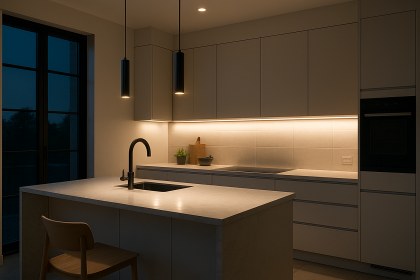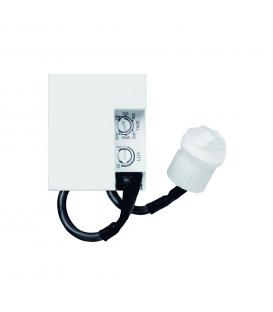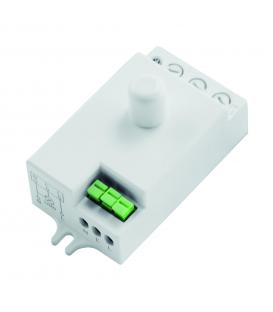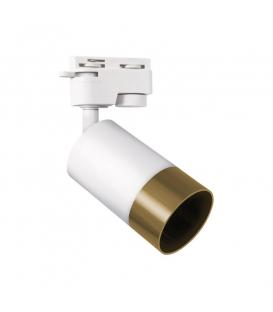Kitchen lighting

Kitchen lighting is an essential aspect of interior design that serves both functional and aesthetic purposes. Proper lighting can transform your kitchen into a comfortable, efficient, and visually appealing space. The right choice of lighting fixtures, placement, and design can greatly enhance the functionality of your kitchen while creating a pleasant atmosphere for various activities such as cooking, dining, and socializing.
When considering kitchen lighting, it's important to take into account three main types of lighting: ambient lighting, task lighting, and accent lighting. A well-balanced combination of these types of lighting can create a layered and versatile lighting scheme that suits different needs and moods.
Ambient Lighting:
Ambient lighting, also known as general lighting, is the foundation of any lighting design. It provides overall illumination to the entire kitchen space, ensuring that there are no dark corners and the room is well-lit.
Common sources of ambient lighting include:
- Ceiling Fixtures: Recessed lights, flush mount fixtures, and semi-flush mount fixtures are popular choices for ambient lighting. These fixtures provide even illumination and can be strategically placed to eliminate shadows.
- Pendant Lights: Stylish pendant lights hung over a kitchen island or dining area can contribute to both ambient and decorative lighting, adding a touch of elegance to the space.
Task Lighting:
Task lighting is essential for performing specific activities in the kitchen, such as chopping vegetables, reading recipes, and cooking. This type of lighting ensures that you have sufficient illumination where you need it the most.
Common sources of task lighting include:
- Under-Cabinet Lights: These lights are installed beneath kitchen cabinets to illuminate countertops and workspaces, making it easier to see while preparing meals.
- Recessed Lights: Placed strategically over work areas such as the stove and sink, recessed lights offer direct, focused illumination where tasks are performed.
- Track Lighting: Adjustable track lighting fixtures can be directed to specific areas, providing targeted lighting for tasks and creating a flexible lighting solution.
Accent Lighting:
Accent lighting adds depth and visual interest to your kitchen, highlighting architectural features, decorative elements, and creating a cozy ambiance.
Common sources of accent lighting include:
- Cabinet Lighting: Highlight glass-front cabinets or shelving units with interior cabinet lighting to showcase dishes, glassware, or decorative items.
- Toe Kick Lighting: Installing low-intensity LED lights along the base of cabinets or islands can create a soft, inviting glow, adding a subtle layer of light.
- Decorative Fixtures: Chandeliers, decorative pendant lights, and sconces can serve as both functional and aesthetic elements, enhancing the visual appeal of your kitchen.
In addition to considering the types of lighting, it's important to choose the right color temperature for your kitchen lighting. Warm white (around 2700K to 3000K) is generally preferred for a cozy and inviting atmosphere, while cool white (3500K to 4000K) can provide a more vibrant and modern look.
In conclusion, designing kitchen lighting involves a thoughtful approach that takes into consideration the different activities that occur in the space. By combining ambient, task, and accent lighting, you can create a well-lit, functional, and visually appealing kitchen that caters to your needs and style preferences.






